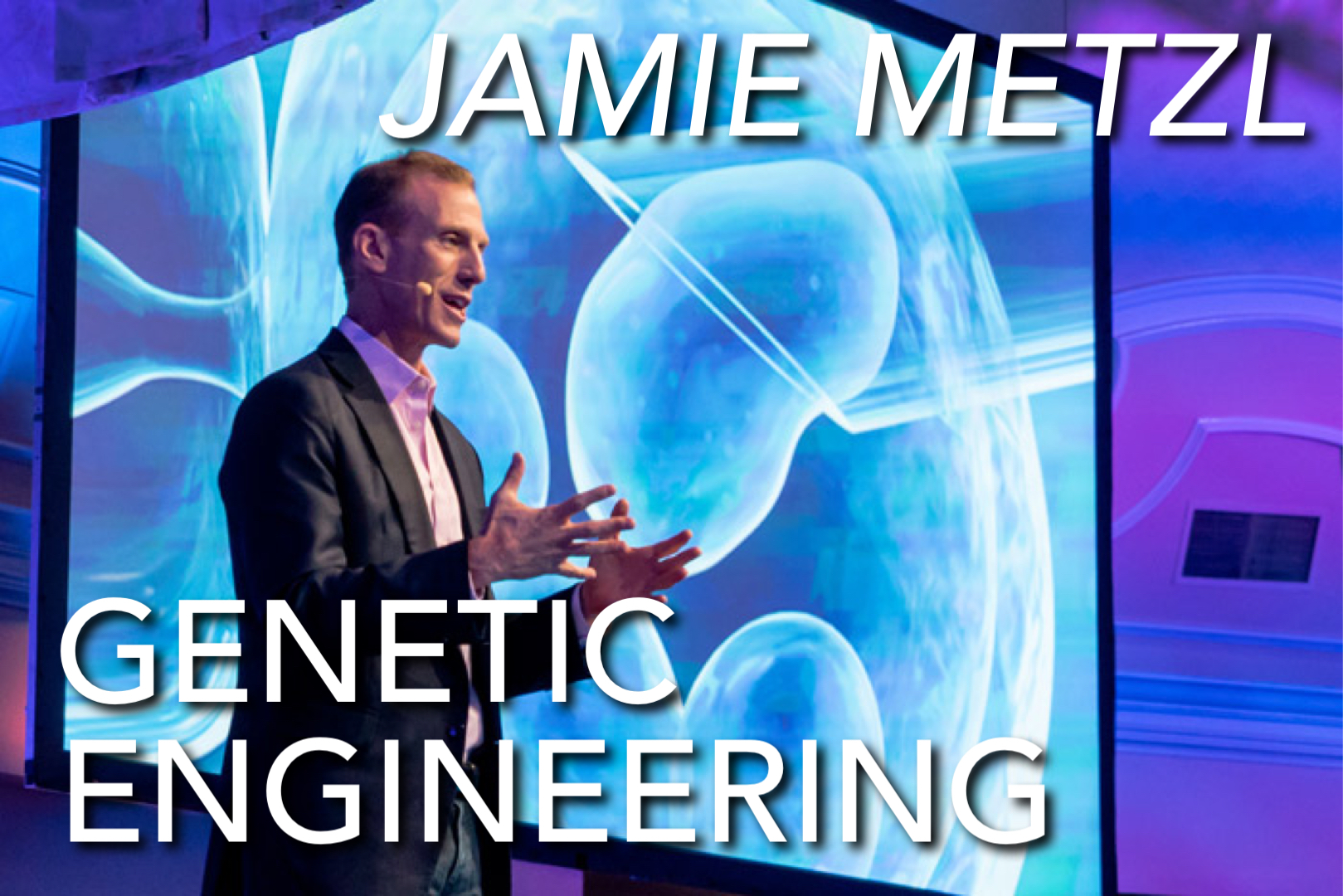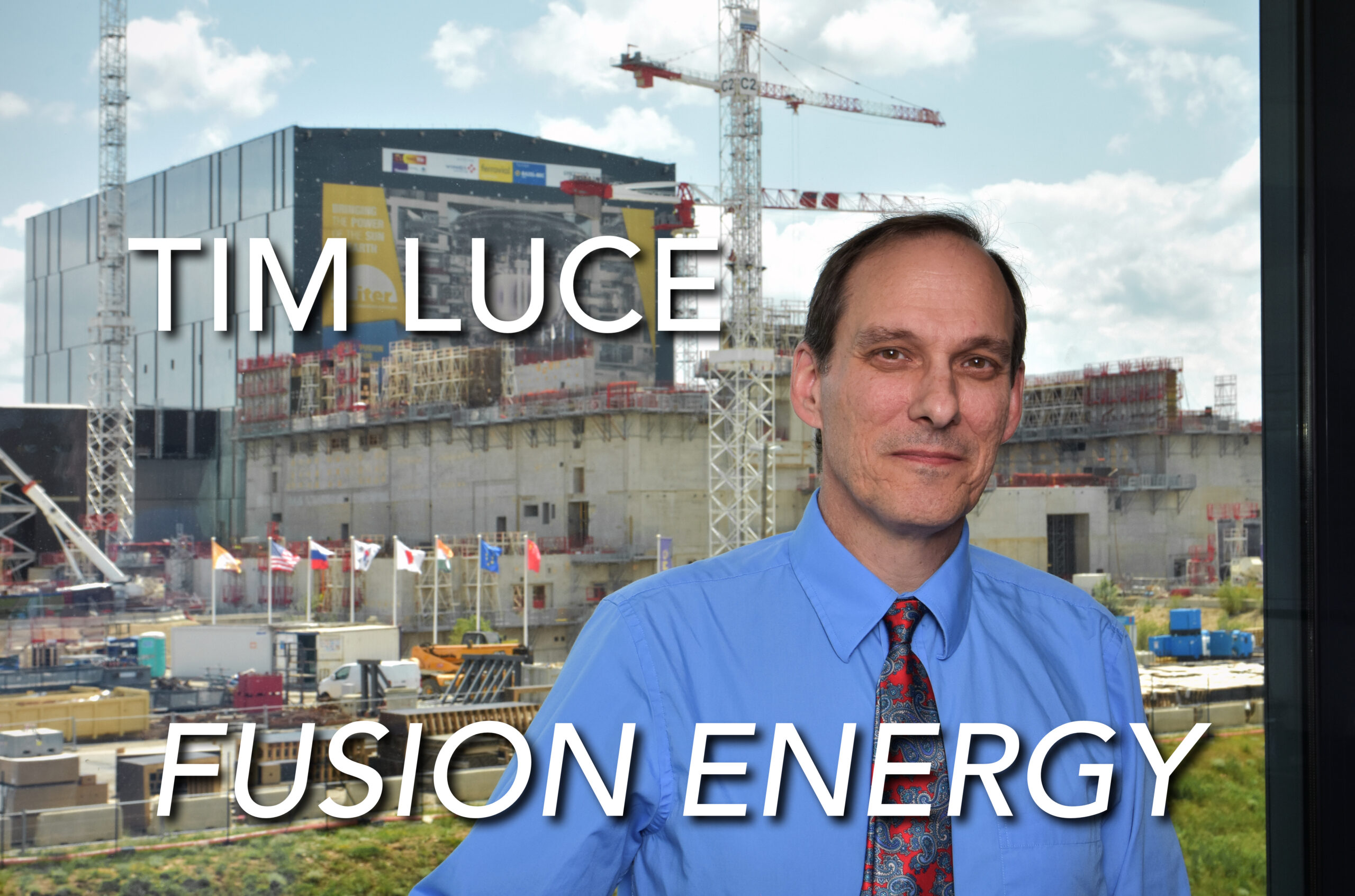This interview with Henrik Pedersen was conducted in June 2025 and has been edited for brevity and clarity.
Vill du istället läsa artikeln på svenska? Klicka här!
About Henrik Pedersen
Henrik Pedersen, Professor of Inorganic Chemistry at Linköping University, is at the forefront of research where chemistry meets technology and the electronics of the future take shape. With his expertise in Chemical Vapor Deposition (CVD) and Atomic Layer Deposition (ALD), he develops methods for building materials atom by atom – a prerequisite for innovative semiconductors. These are used in the manufacturing of the chips that power everything from smartphones to self-driving cars. Semiconductor-based chips have become so central to modern society that they can be decisive in whether there is peace or the outbreak of war. In 2025, Henrik Pedersen released his popular science book Halvledaråldern (The Semiconductor Age), in which he inspires more people to understand the fascinating world hidden at the nanoscale.
When reading your book, one gets the impression that you think chemistry is underestimated today and that you want to make a case for how important it really is for us. Is that how you feel?
– Yes, you could say that. I’m a chemist and truly passionate about the subject. Through my research, I’ve also delved deeply into both materials science and physics, but I certainly wanted to write a book about chemistry – in the context of modern electronics and semiconductors. So absolutely, it’s my way of making a case for chemistry.
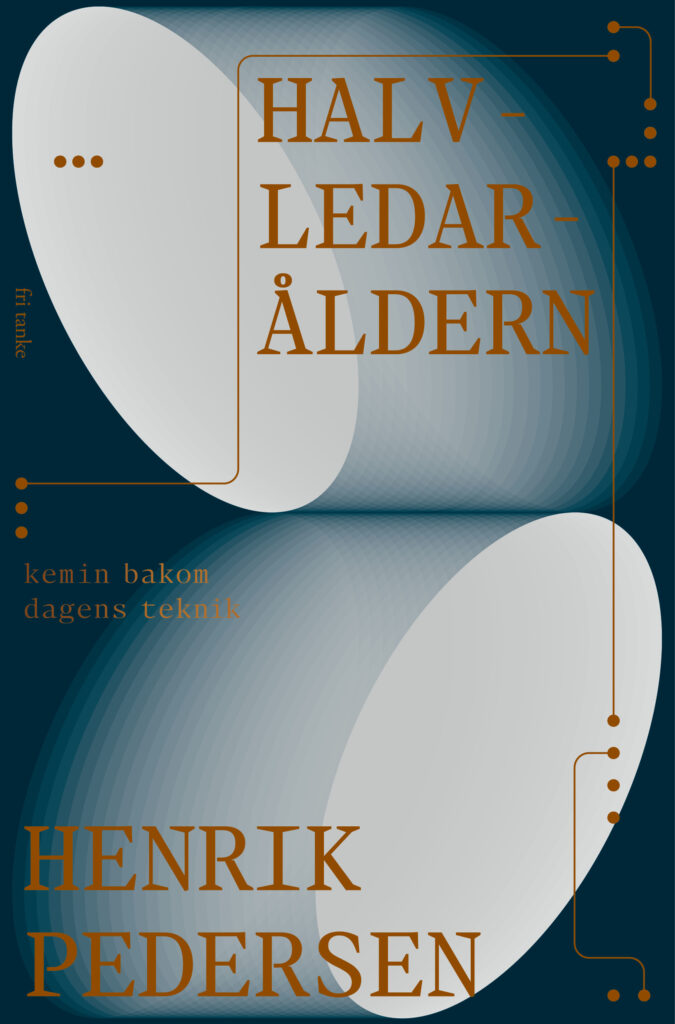
For a 15% discount when purchasing books from Fri Tanke, use the discount code intellectinterviews
As a professional chemist, how good do you think the TV series Breaking Bad is?
– Really good! Sure, some parts are a bit exaggerated, but many are very well described. I’ve met the chemist who was brought in as the series’ scientific advisor, but she didn’t come in until season two or three. So the start of the series was probably a bit shaky scientifically, but then it became very good. However, I now realize that Breaking Bad is starting to become an old reference – not all students today know what I mean when I mention it. But when the series was new, it was cool as a chemist to be able to refer to it.
“A modern smartphone actually has more transistors than there are people on Earth.”
The subject of your book is semiconductors, which are materials that conduct electricity – not too well, not too poorly, but just halfway. Can you explain the value of such a property?
– The simple answer is that you get better control. A piece of copper, for example, conducts electricity incredibly well – it’s just full speed ahead. The opposite is materials that can’t conduct electricity at all, like plastic. Both, of course, have many uses, but in situations where you want to control and adjust how much current flows, you need something else. That’s when we need semiconductors, whose conductivity we can modify. We can make them conduct much better or much worse, depending on what we want. Such materials can then be used to build tiny components that function as smart switches. They’re called transistors, and they’re crucial for making all our phones and computers work. A modern smartphone actually has more transistors than there are people on Earth.
Why does a mobile phone need such a large number of tiny switches?
– It’s about converting electric current into digital signals. Each switch can be either on or off. When it’s on, current flows through it, which is interpreted as the digital signal “one.” If the switch is off, it’s interpreted as “zero.” By sending a tiny current to the switch, you can open and close it. The more we want our electronics to do, the more information needs to be handled – meaning more ones and zeros. Therefore, more transistors mean greater capabilities for our electronic devices.
– You can compare this to the early mobile phones we had 20–30 years ago. They had small, pixelated screens and very few functions. You could basically only call, send text messages, and play Snake. They had far fewer transistors and thus far less computing power than today’s phones. It’s the enormous number of transistors that enables phones and computers to handle things like high-resolution video and advanced games.

As more and more transistors needed to fit into the same space, they had to be made smaller and smaller. This led to Moore’s Law. What does it say, and why is it so central?
– Gordon Moore was one of the early pioneers in electronics in the 1960s. In 1965, he was preparing a lecture for a conference and began studying how the development of transistors on microchip looked. He discovered that the number of transistors was doubling every two years on these boards, and at the conference, he showed what the curve would look like if that trend continued. The audience – especially salespeople – started repeating this, and over time it became a pace of development that no one wanted to fail to maintain. In 1975, ten years later, Gordon Moore stood at another conference and brought up his old slide to see how things had gone – and the pace had held. At that time, they had about 10,000 transistors on a chip. The phenomenon that bears his name has held up well ever since.
– To keep Moore’s Law going, we’ve had to get better and better at what’s called “atomic craftsmanship” – building a transistor from as few atoms as possible, as well as adding and removing atoms. That’s where chemistry comes in, since it’s about creating and breaking chemical bonds and building up molecules. I’d say it’s mainly increased knowledge in handling chemistry that has kept Moore’s Law alive. Of course, materials scientists proposing better materials and electrical engineers designing smarter layouts have also helped – but in the end, it’s been up to chemists to shape new structures at the atomic level.
“It’s hard to grasp just how small these sizes are, but for example, a transistor in a modern smartphone is about 10 nanometers – that’s 50 silicon atoms in a row. Compare that to something we think is small, like the width of a human hair, which is about 75,000 nanometers – you could fit about 7,500 transistors across the width of a single hair.”
There has been constant debate over whether Moore’s Law will continue to hold. In the book, you predict different future scenarios, especially the two known as “More Moore” and “More Than Moore.” Can you explain what they mean?
– “More Moore” means continuing as we have, making things smaller and smaller, and better and better. Naturally, there’s a limit where things become so tiny that it’s very difficult to achieve. It’s also been pointed out that Moore’s Law only says how many transistors fit on a chip – it says nothing about them not being able to grow vertically. That’s one modern trend: building a layer of transistors on top of existing ones and working in three dimensions. This has advanced especially in computer memory. Today you can buy a multi-terabyte USB stick at a relatively low price, precisely because we’ve learned to build memory vertically. With more layers of transistors on a chip, you can get “More Moore” – and the chips don’t become noticeably thicker, since a transistor is only a few billionths of a meter.
– “More Than Moore” means instead of focusing on packing more and more transistors on a chip, you think about what else these chips could do. Can we integrate more functions? How do we make them even smarter? Just like with Lego, it’s about connecting a number of small chips – some for memory, some for processing, and so on. Larger chips built in this way can create entirely new functions, and it becomes much easier to do powerful calculations. One problem all computers have today is that they must send information between the processor and the memory – a bottleneck. But if you instead build the memory directly on top of the processor, these bottlenecks can be eliminated.
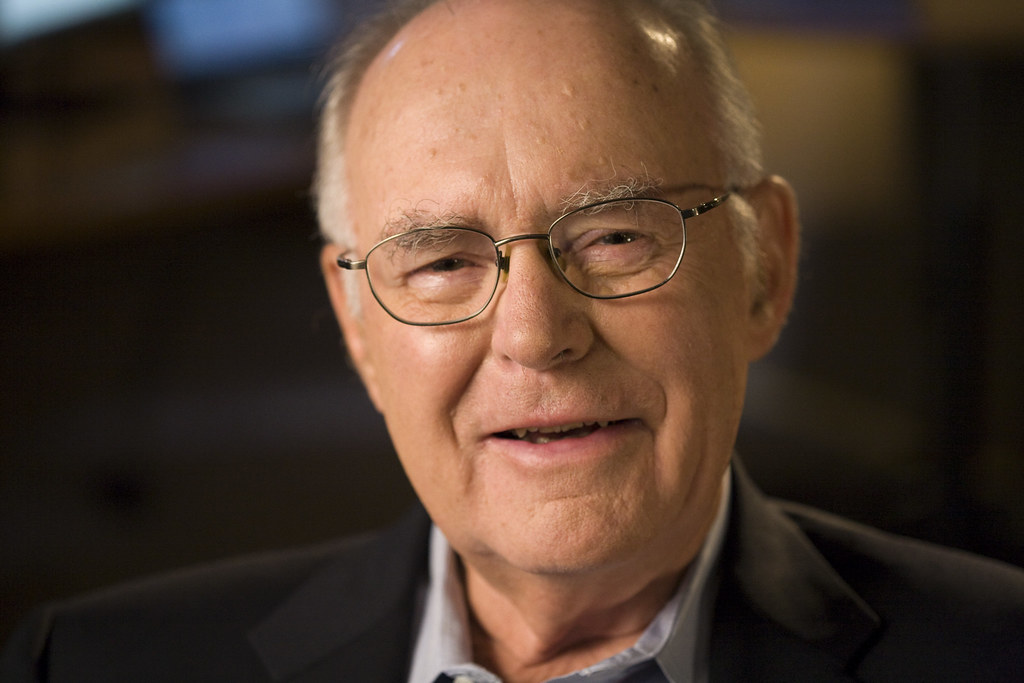
It’s fascinating to read about how incredibly fast development of semiconductors and transistors has been since the mid-20th century. Can you describe how different components are today compared to when it all began?
– In the beginning, you could see what you needed with a microscope – hence the name “microchips.” To see a single transistor today, you need an extremely powerful electron microscope. In about 60 years, we’ve gone from the micro level – a millionth of a meter – to the nano level – a billionth of a meter. It’s hard to grasp just how small these sizes are, but for example, a transistor in a modern smartphone is about 10 nanometers – that’s 50 silicon atoms in a row. Compare that to something we think is small, like the width of a human hair, which is about 75,000 nanometers – you could fit about 7,500 transistors across the width of a single hair. It really feels like science fiction!
“Everyone knows that if China were to attack, Taiwan could push a button and destroy all its chip production – crashing the world economy and effectively bringing the world to a halt.”
The factories capable of producing semiconductors, transistors and processors in this way are very few, despite high demand. Why is that?
– The reason is that it costs thousands of billions of dollars to build such a factory because the processes are extremely complex. Adding a layer of atoms is a process optimized down to a few seconds – yet it still takes several months for a processor to be fully finished. Chances are that in June, they’re manufacturing what will be sold on Black Friday in November. Most of these factories are located in Asia and the USA. There’s talk of building one in Europe to reduce dependence. During the COVID pandemic, the so-called semiconductor crisis became a hot topic. But it wasn’t a shortage of semiconductors – it was a shortage of chips and processors. In Europe, this was mainly caused by the automotive industry expecting reduced sales, which they communicated to chip factories, canceling their orders. Then demand for screens and game consoles surged, resulting in large orders for chip companies. Around the same time, carmakers realized they were selling lots of vehicles after all and wanted to reorder chips – but they were now at the back of the queue. Cars and computers use different chips, but they’re made in the same place.
– A chip factory requires enormous investments combined with a highly educated workforce. Taiwan, in particular, has made a wholehearted commitment to this. For them, it’s almost existential, as it’s become a decisive factor in geopolitics. Mainland China wants to reclaim Taiwan, which has declared itself an independent republic. Few countries have recognized Taiwan for fear of harming relations with China. The Chinese navy regularly conducts military exercises around Taiwan, while the US navy stays nearby to deter an attack. Everyone knows that if China were to attack, Taiwan could push a button and destroy all its chip production – crashing the world economy and effectively bringing the world to a halt. This is sometimes called Taiwan’s “silicon shield.”
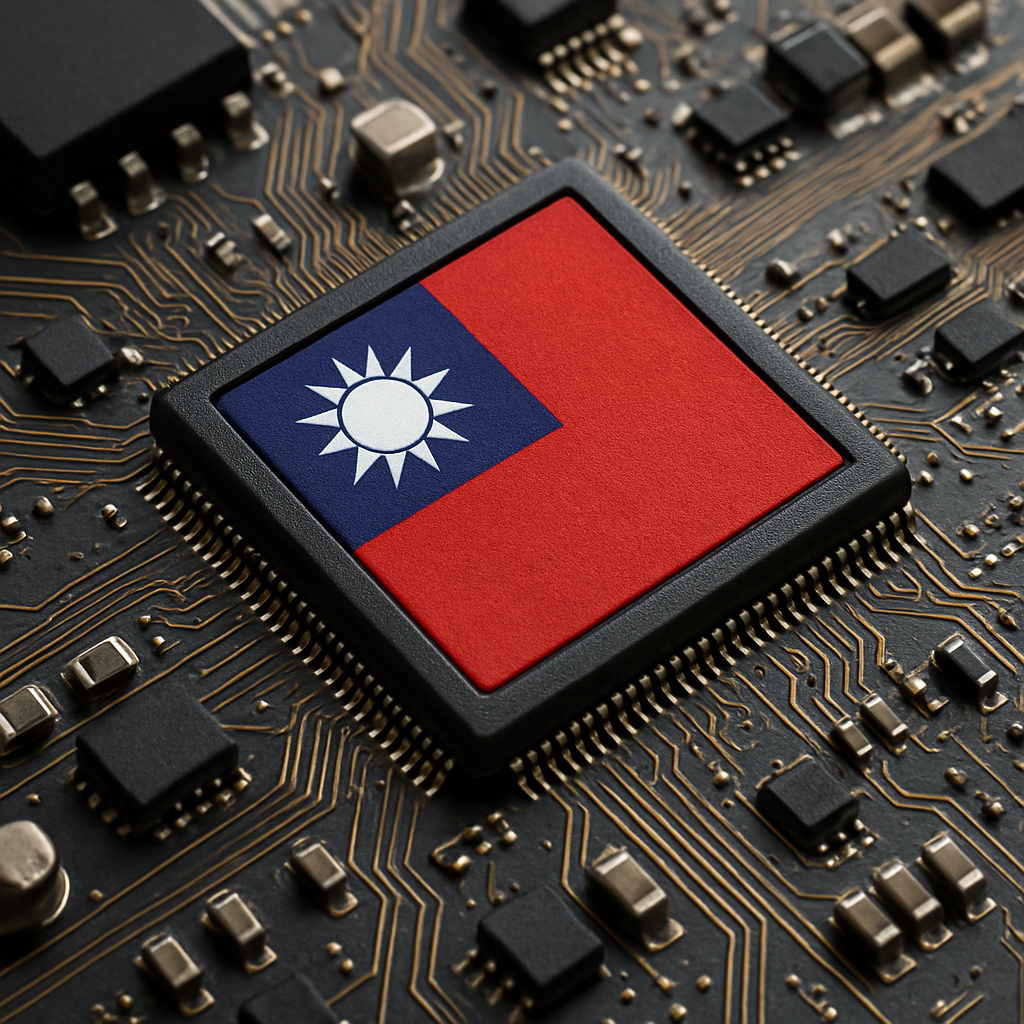
– As for the future, we’ll see – but it’s not impossible that similar industries will be built in the USA, Japan, and Europe within a decade. That would make the world less dependent on Taiwan, which would be dangerous for them since the silicon shield would weaken. At the same time, they have an extreme head start and guard their trade secrets closely.
– Meanwhile, China is working to develop and scale up its own production, which the US is trying to hinder through various export restrictions on key equipment. One trump card for China is the critical minerals and elements it controls – a strong bargaining chip in negotiations. It’s important to remember that these chips aren’t just in cars and phones, but also in missiles and other high-tech military equipment. Naturally, the US doesn’t want China to be able to develop the smartest and most powerful missiles.
When it comes to minerals and elements, you write in the book that the so-called “rare earth elements” aren’t actually rare at all. Why are they called that, then?
– These metals exist in large quantities worldwide – many are more abundant than gold, for example. They’re called rare earth elements because it’s hard to find enough of them in one place to make mining profitable. Usually, when you encounter them, the concentration is so low that it’s simply not worth extracting. “Earth” is actually an old word for ore – rock or mineral containing metal. In the Kiruna mine, for example, they extract iron ore – rock with a high concentration of iron. There, the iron content is high enough to make it worth mining. Interestingly, people have now started analyzing the slag heaps from such mines and found they contain quite a lot of rare earth elements. The question is whether we can extract them smartly from mining waste – accessing them without opening a new mine or digging new ore.
As you said, it’s easy to think that everything about semiconductors and transistors sounds like pure science fiction. It’s hard to comprehend that humans are capable of such advanced work at this level, while being unable to achieve seemingly simpler things like getting people to eat healthy food, making schools work as we want, or keeping roads free of potholes. Doesn’t that strike you as paradoxical?
– Yes, you could say that’s strange. But the fact is, roads, schools, and food would be better if much more money was spent on them. A new smartphone costs quite a lot – but people are willing to pay the price. We are extremely dependent on electronics, and if we had the same willingness to pay for schools, healthcare, and infrastructure, we would see different results. It’s not particularly hard to understand how a good school should function or how a good road should be built – but if it’s not allowed to cost money, it becomes difficult. A new smartphone costs SEK 15,000, and for that price, it can be made really well. If it were only allowed to cost a few kronor, the development would look very different. That’s my analysis of it, at least.
If you liked this article, you should probably also check these out:
